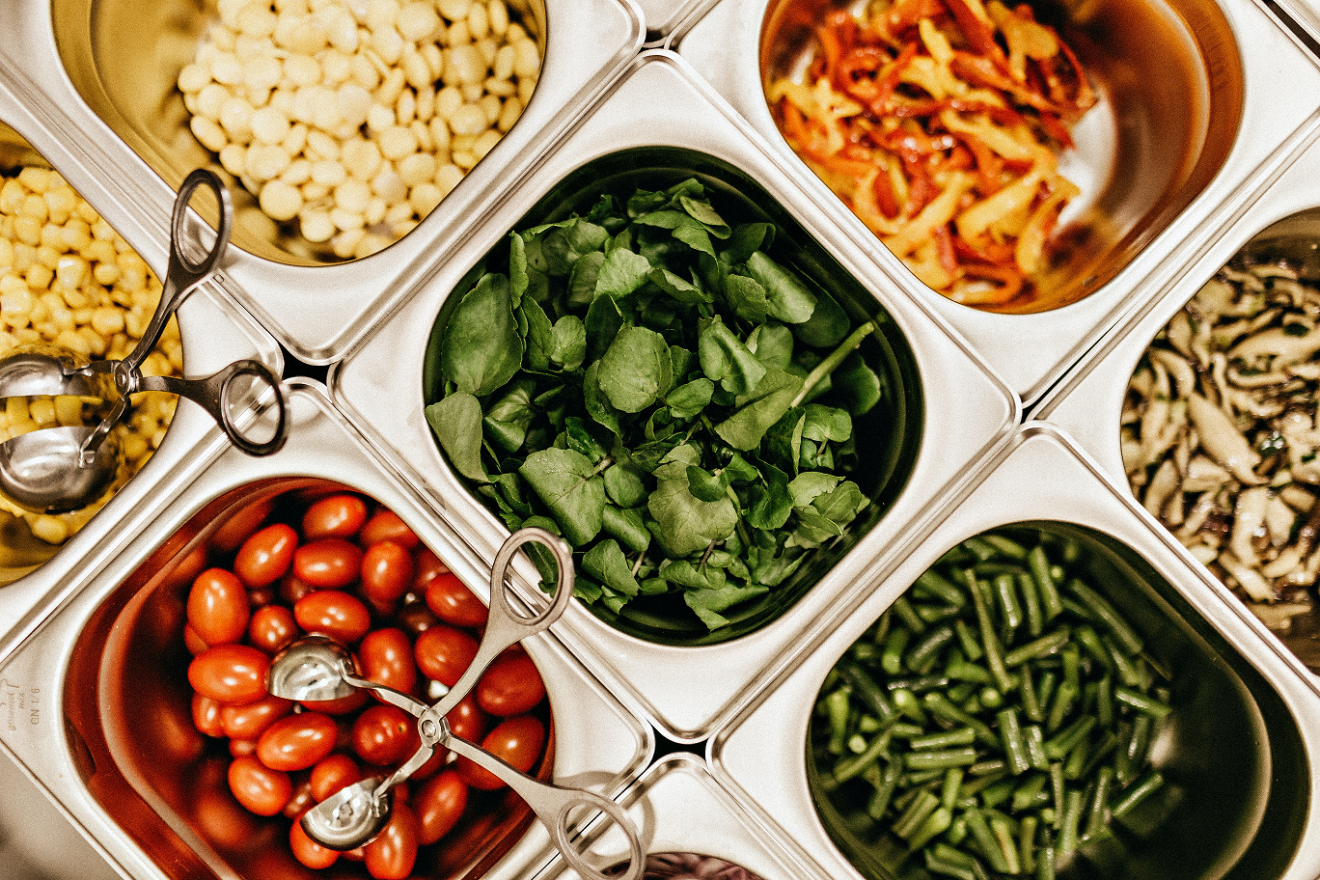Sign up for Restaurant Innovation SmartBrief today, free.
Shortages and shipping issues brought on by the pandemic are making it difficult for restaurants to stock their kitchens and supply closets. Some operators have found that partnering with local and regional suppliers and distributors can help them avoid some of the weak links in the restaurant supply chain.
For many restaurants that rely on large suppliers with extensive inventories, current supply chain issues are takinalleviateg a toll on supplies of everything from chicken wings to takeout containers and paper products.
“There’s no doubt that disruptions in the supply chain are impacting restaurant businesses,” said Hudson Riehle, the National Restaurant Association’s senior vice president of research. A survey by the association conducted in November 2021 found that 96% of operators reported supply delays or shortages of key food or beverage items, and “that the impact was felt across all segments of the industry,” Riehle said. “Furthermore, another 8 in 10 operators said they experienced supply delays or shortages of equipment or service items,” he said.
Dan Simons, co-owner of Founding Farmers Restaurants in Washington, D.C., told the association that, “the items we’re expecting to run short will catch up, but then we’ll get surprised by the next shortage we didn’t anticipate.”
“My only advice right now is to stay nimble and accept that making daily adjustments will remain the nature of the game – at least for the first quarter of the year,” Simons said.
The South Carolina Restaurant Association told news channel WHNS that uncertainty around supply caused many restaurants to wait until the last minute to finalize their menus for the state’s restaurant week, which started Jan. 13.
For many chefs, the need to stay nimble and create smaller, more flexible menus based on what is available at a given time is something they see sticking around for the long haul.
Smaller menus were one of the top restaurant trends for 2022 called out by chefs interviewed by Food & Wine.
“With the supply chain challenges, staffing crisis and higher cost of goods, I foresee independent restaurants pushing to a simplified pre-fixe menu that emphasizes local ingredients while minimizing costs,” said RJ Cooper, owner and chef of Saint Stephen in Nashville, Tenn.
Local approach can ease supply chain struggles
In addition to changing the way they create menus to better accommodate erratic availability of ingredients, many chefs are envisioning a shift in the way they source ingredients to begin with.
“2022 dining menus will see a streamlined, localized approach that will keep in line with what is locally fresh and readily available, forcing chefs to innovate their menus with ingredients and products already on hand due to the current state of industry hurdles,” Cooper told Food & Wine.
For chefs and restaurants already plugged into their local network of producers and suppliers, the practice is paying off in a big way.
Blue Hill at Stone Barns in Tarrytown, N.Y., sources all of the ingredients it doesn’t grow on site from local suppliers. As a result, the restaurant hasn’t encountered any supply chain challenges, chef Dan Barber told Restaurant Hospitality late last year.
“I think we as consumers are going to have to start thinking more regionally and more locally for our supplies, whether it’s food or fashion or whatever it is. The international supply chain is showing its weakness, especially in times of…stress and disruption,” Barber said.
Most restaurants don’t have the land or the luxury to grow the bulk of their own food like Blue Hill, but the farm-to-table ethos can help eateries of all sizes.
Benny’s Bistro in Helena, Mont., sources ingredients directly from farmers and ranchers in the state. “We’re part of the Montana, Western Montana Growers Co-op out of Missoula and we’re able to work with all sorts of small farms and providers and are able to get Montana made products onto tables here at Benny’s without a whole lot of problem,” server Katie Hill told news station KTVH.
Building a more sustainable food system
For many restaurants that already source a significant portion of their ingredients from local purveyors, the practice is about sustainability – in more ways than one. Buying food from nearby sources means it doesn’t have to travel as far. These shorter trips leave less room for delays along the way and require less energy expended on shipping, which is better for the planet.
For chef Rob Rubba, local sourcing “isn’t just an act toward our climate, it is also about building sustainable food systems,” the chef/partner of Washington, D.C., restaurant Oyster Oyster said in an email interview. “We have incredible growers and producers here in the Mid-Atlantic that are underutilized as a purveyor in our region.”
“In the early days of the pandemic, it was devastating to see the ‘local’ grocery store shelves barren because they sourced from all around the globe and practically nothing from our own backyard,” he said. “Speaking with the farmers who we work so closely with daily and hearing how they were looking for ways to pivot, as so many restaurants went dark and big box grocers do not work with the local farm economy, definitely anchored our ethos that we started with.”
Oyster Oyster builds its plant-forward menus around oysters from the nearby Chesapeake Bay and locally foraged mushrooms, updating its offerings several times a year to adjust to what’s seasonally available. This type of collaboration between restaurants and suppliers can help both parties prepare for the future.
“As the climate crisis grows, we as chefs and consumers are going to need to rely [on] and support our local agriculture on a much larger scale,” Rubba said. “Therefore, starting that support today will have our growers in a position to continue to scale up for the inevitable.”
________________________________________________
If you liked this article, sign up for SmartBrief’s free Restaurant Innovation email newsletter from the National Restaurant Association. It’s among SmartBrief’s more than 250 industry-focused newsletters.
